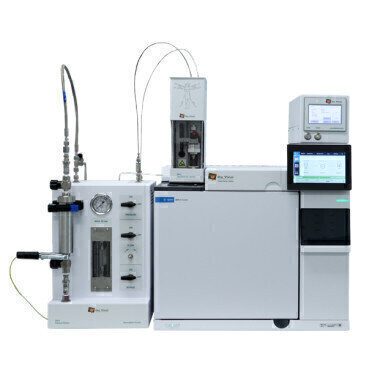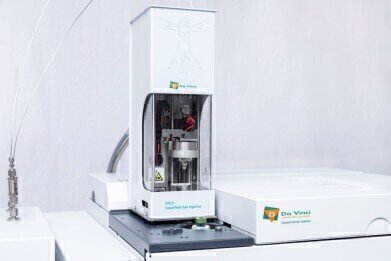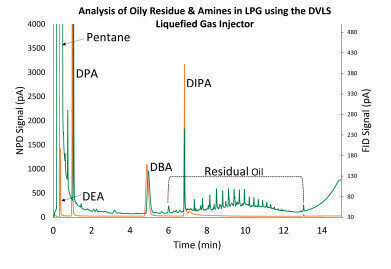Analytical Instrumentation
How to determine traces of impurities in Liquefied Gases?
Nov 15 2022
The accurate determination of impurities such as oily residue, amines, benzene and toluene in LPG is required for the compliance with the fuel specification of ASTM D1835.
Several test methods are available for the impurities analysis, but these are labor intensive and present a safety risk due to the required evaporation. As an alternative technique to these analysis methods Da Vinci Laboratory Solutions introduced the Liquefied Gas Injector. The Liquefied Gas Injector (LGI) technique is standardized as the ASTM D7756 and EN 16423 method for the analysis of oily residue in LPG.
Online Demonstration
Watch the product video for an explanation on the LGI configuration followed by a demonstration of the sampling & residue analysis in LPG. The setup of the LGI analysis consists of an Agilent gas chromatograph (GC) on which the Liquefied Gas Injector and its controller are installed. The Pressure Station is used for safe and accurate sample introduction of LPG.
The LGI directly injects the liquefied gas into the GC inlet to ensure the safety and the full transfer of the impurities onto the GC column. The chromatographic analysis is based on boiling point separation of the impurities. The result is reported in mg/kg. The analysis of the impurities in LPG is completed within 20 minutes.
Application Range
Adapting the hardware setup allows to extend the analysis to a wider application range. A new brochure highlights the various applications using the Liquefied Gas Injector:
- Oily residues and light contaminants in LPG (ASTM D7756, EN 16423);
- Amines in LPG;
- Benzene and Toluene in LPG (ASTM D7756);
- Elemental sulfur in LPG;
- Nitrogen, carbon dioxide, hydrogen sulfide and hydrocarbons in (un)stabilized gas condensate;
- Composition & impurities analysis in butadiene, crude C4 & raffinate (ASTM D2593, D4424, D2426);
- Oxygenate traces in liquid hydrocarbon matrices (ASTM D7423, D7754);
- Hydrocarbon composition of LPG (ASTM D 2163, ISO 7941).
The new brochure includes the analysis results, system description and specifications of each LGI application. Several case studies of the LGI analysis demonstrate the excellent performance; detection limits of <0.1 mg/kg for individual impurities in liquefied gases are easily achieved using the LGI. The direct liquid injection also results in an excellent repeatability.
Digital Edition
PIN 25.3 June/July
June 2024
Analytical Instrumentation - Recent Advances In Various Bench Scale Accelerated Oxidative Testing Methods For Fuels - Petrochemical Industry: Anton Paar Solutions Streamline Processes, Reduce H...
View all digital editions
Events
Jul 30 2024 Jakarta, Indonesia
Jul 30 2024 Jakarta, Indonesia
China Energy Summit & Exhibition
Jul 31 2024 Beijing, China
Jul 31 2024 Chengdu, China
Aug 05 2024 Moon Township, PA, USA




















